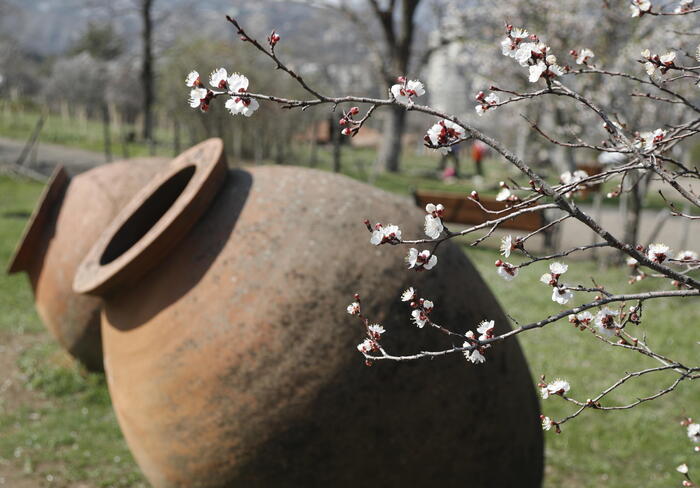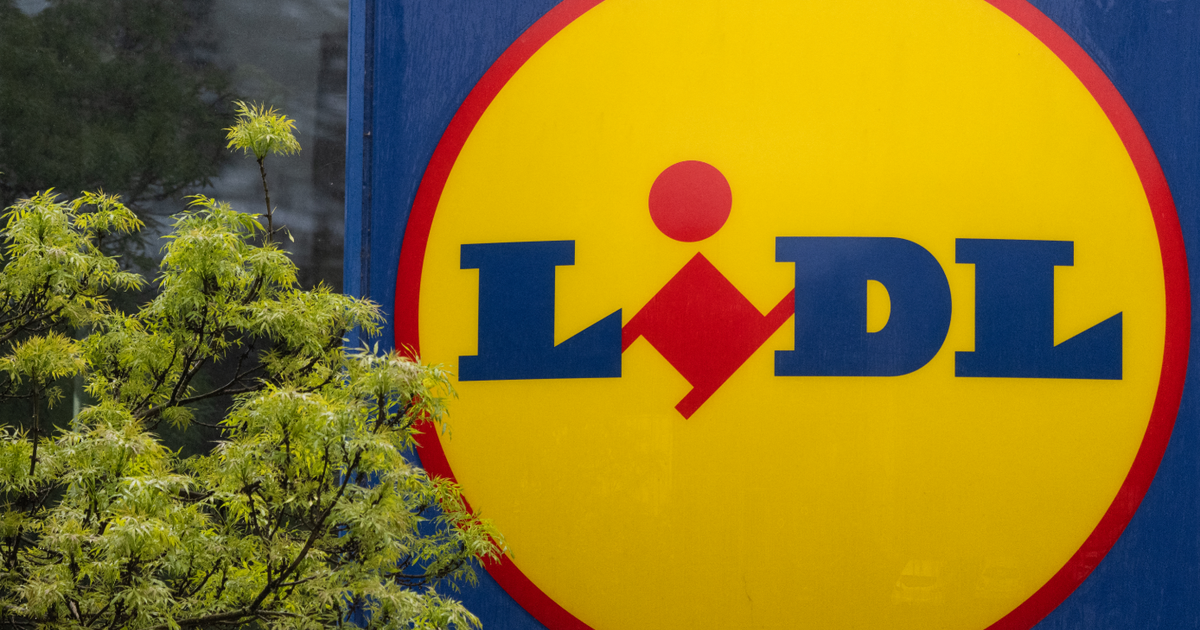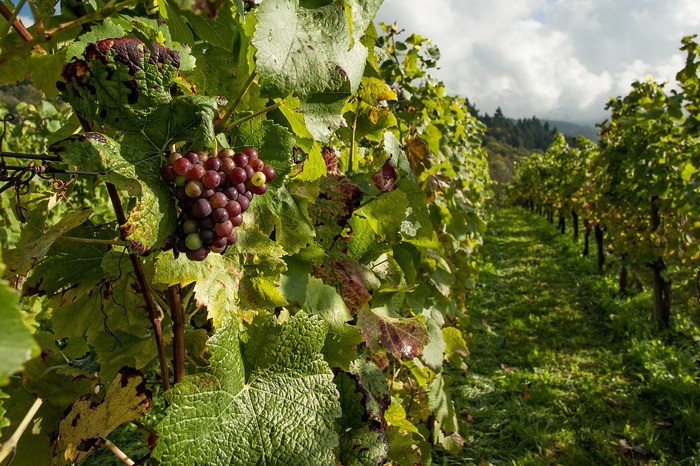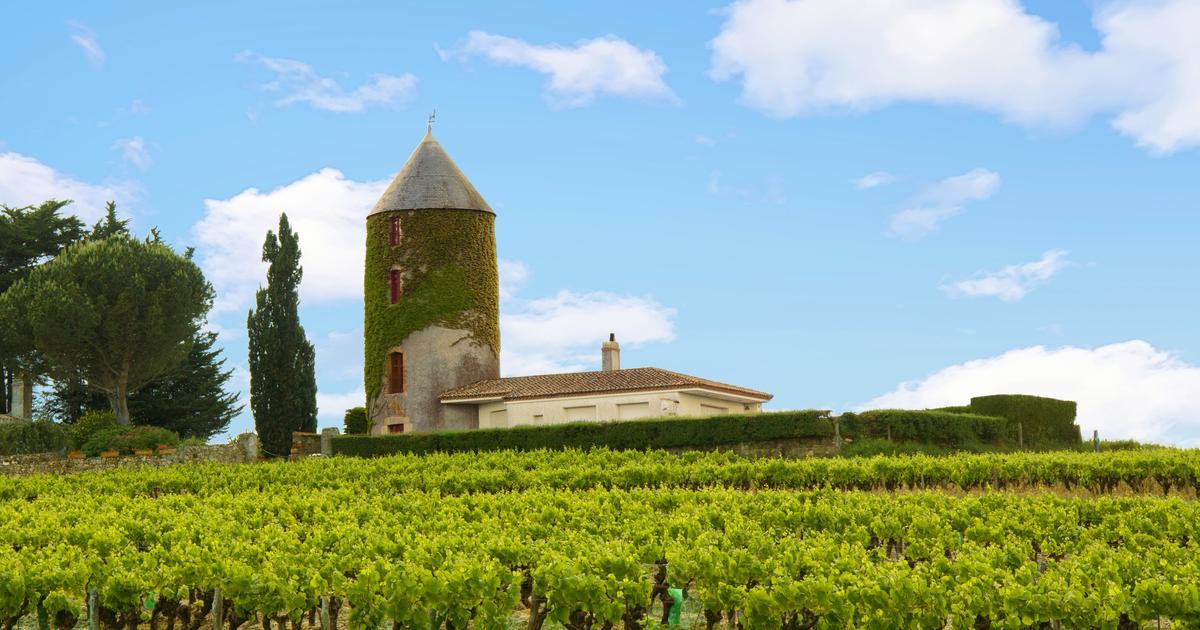Sustainability and efficient water management will be the keywords in 2020 for wine. Climate change, with the alternation of extreme weather phenomena, also leaves its mark in the vineyard, with more and more dancers' harvest calendars, and from North to South the Italian winemakers, as well as the vignerons in Champagne, field a range of grape-saving strategies.
In Montefalco, in the green heart of Umbria, Alberto Pardi, owner of the Cantina Fratelli Pardi company, decided to start this process by assessing the water footprint: it is an indicator of the total volume of water resources used to produce a certain good, comprising the entire production chain. The idea is to create, assisted by a research body or a university faculty, a productive process of efficient management of water resources, both in the cellar processing and in the vineyard treatments.
In South Tyrol and Trentino, Martin Foradori, owner of the Hofstatter estates, says from Termeno (Bolzano), "interest in high-altitude wines is growing, it likes freshness and a vineyard at 400 meters above sea level cannot give the same sensations on the palate of one at 800 meters above sea level. The palate of German consumers is also moving towards dry wines, less sugary, but you cannot force nature. It is not true - he says - that climate change can push viticulture beyond altitude 800. The risk is that, with the first heat of spring, flowering is anticipated and then freezing. In addition, the pests are multiplying ''.
While in Valpolicella there is still memory of 87 when the average European temperature increased by 1 degree (the so-called 'abrupt climate change'). For Amarone it led to a stylistic evolution and, according to Daniele Accordini, winemaker of Cantina Valpolicella Negrar, Valpolicella and its main native vines - Corvina, Corvinone and Rondinella - "have managed to adapt very well to the new climate, transforming the wines Amarone from local styles to international territorial expressions ".
Climate change is also a reality in Champagne, where the average temperature has risen +1.1 degrees in thirty years. Beyond the Alps, as the Académie du Champagne points out, the first wine-growing chain in the world was born to measure its carbon footprint and to have created a plan to reduce its emissions by 75% by 2050. Lighter bottles that limit the 20% the impact of CO2 emissions, a program to select varieties that are more resistant to climate stress, 90% recycled and valued waste.
And in Franciacorta Academia Berlucchi is shaping up as "modern agora for a vision of a more sensitive and resilient tomorrow", stressed Arturo Ziliani in a recent meeting at Simei. In Italy, concludes Paolo Castelletti, secretary general of the Italian Wine Union (Uiv), this sector, '' is proving to be the most sensitive, the most ready and prepared to face such a complex path. For this reason, the Italian Wine Union continues to work with institutions to define a single national standard on the sustainability of the wine sector "
Climate change revolutionizes the way we make wine
2019-12-23T15:35:03.865Z
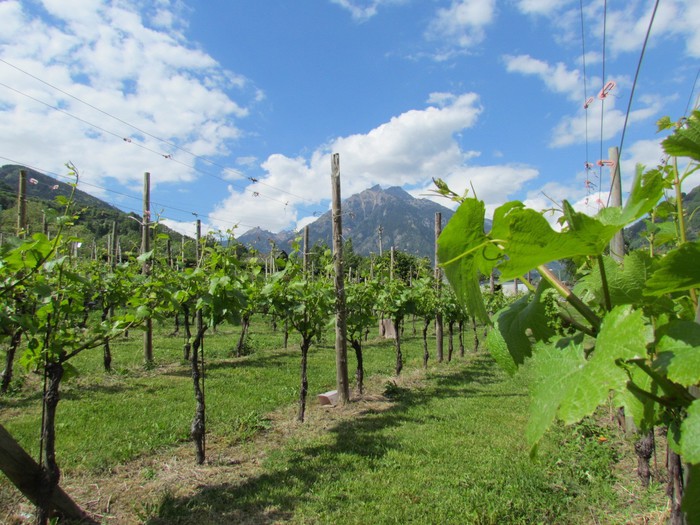
From north to south, Italian winemakers, as well as the vignerons in Champagne, field a range of grape-saving strategies. (HANDLE)


/cloudfront-eu-central-1.images.arcpublishing.com/prisa/ARR2O7RSB5GA3PHABH4GHEX5FY.jpg)

